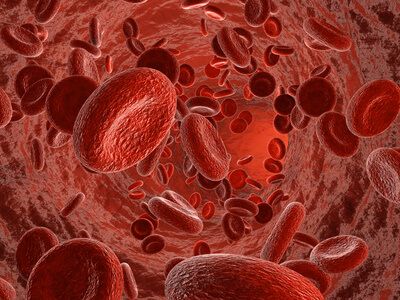Most patients with atrial fibrillation require anticoagulation to reduce the risk of stroke or systemic embolization. Today, this is achieved with the new direct oral anticoagulants, which present lower intracranial bleeding risk compared against the old vitamin K antagonists. On the other hand, approximately between 5% to 10% of patients receiving PCI also present atrial fibrillation, which complicates clinical practice, since these patients would also need dual antiplatelet therapy.

The combination of oral anticoagulation and dual APT (triple scheme) is shown to increase bleeding risk, compared against oral anticoagulation or dual APT alone. Fortunately, new studies show a favorable dual scheme safety profile (one direct anticoagulant and one P2Y12 inhibitor) vs. the triple scheme.
When it comes to thrombosis prevention in PCI patients, the benefit of dual antiaggregation vs. oral anticoagulation is out of the question. Dual antiaggregation is the standard of care after PCI, both elective (with aspirin and clopidogrel) and in the context of acute coronary syndromes (with aspirin and preferably ticagrelor or prasugrel). Dual antiaggregation is given from 6 months to one year, respectively. However, these times are flexible depending on ischemia and bleeding risk.
Multiple studies are being carried out to define whether new generation DES and P2Y12 inhibitors more powerful than clopidogrel are enough for a simple aspirin-free therapy.
Read also: New FDA Updates on Paclitaxel Device Outcomes.
The GLOBAL-LEADERS was the first large study to try answer this question, and yet fail its primary goal to show a reduction of ischemic events with ticagrelor monotherapy. However, no safety issues were observed vs. dual antiaggregation followed by aspirin monotherapy.
Two studies presented in the ACC scientific sessions (STOPDAPT-2 and SMART-CHOICE) not yet published have shown the safety of a short dual antiaggregation period followed by P2Y12 inhibitor monotherapy vs. standard therapy in select patients undergoing PCI with new DES. Other studies such as the TWILIGHT have just completed enrollment and their outcomes are awaited with high expectation.
The current paradigm for patients with oral anticoagulation undergoing PCI is a triple scheme as short as possible, if not avoided all together. That is something we all agree on.
However, the problem is what to do next, seeing as there are different opinions on both sides of the Atlantic.
The ACC/AHA guidelines suggest the triple scheme should be used during hospitalization, but we should quickly de-escalate a dual anticoagulation therapy plus clopidogrel for 6 to 12 months, depending on bleeding risk, and follow with oral anticoagulation alone.
For the European, the triple therapy should be discontinued at discharge, 30 days, 3 months or 6 months, depending on thrombosis and bleeding risk on a case by case basis.
The AUGUSTUS and ENTRUST-AF PCI outcomes might most likely affect future recommendation and bring more coincidences between the European and American guidelines, which mainly differ in triple scheme duration.
Original Title: Management of Antithrombotic Therapy in Atrial Fibrillation Patients Undergoing PCI. JACC State-of-the-Art Review.
Reference: Davide Capodanno et al. J Am Coll Cardiol 2019;74:83–99.
Subscribe to our weekly newsletter
Get the latest scientific articles on interventional cardiology
We are interested in your opinion. Please, leave your comments, thoughts, questions, etc., below. They will be most welcome.





